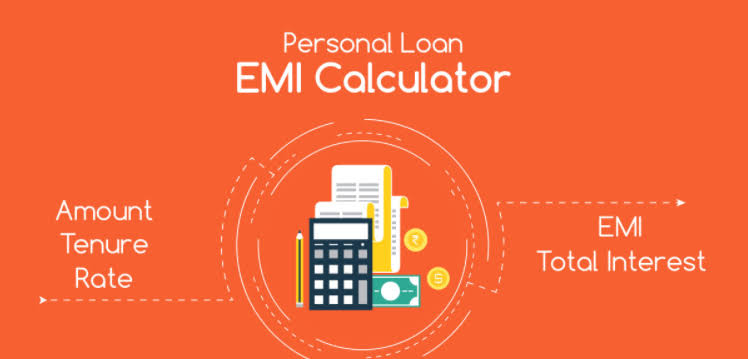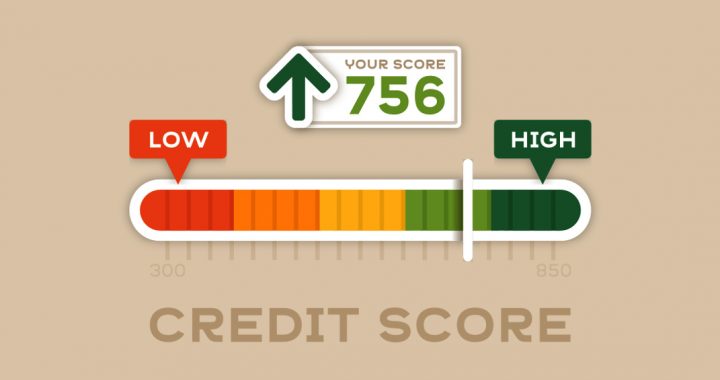How to Calculate EMI?
5 min readLoans have become an integral part of everyone’s life today and help us achieve some important life goals. Be it buying a car, buying a home or affording kids overseas education, loans play a vital role in our life.

However, when we talk about loans, the most important word associated with it is EMI. EMI, which stands for equated monthly installment, is the monthly amount payments we make towards a loan we opted for. “EMI payments include contributions towards both principal and interest on the loan amount. The interest component constitutes the major portion of the EMI payment in the initial stages. As we progress along with the loan tenure, the portion of interest repayment reduces and contribution towards the principal repayment increases,” says Jayapal Sindhe, founder and CEO, fundmytra.com, leading online financial solutions platform.
Loan Amortization Schedule
The loan amortization schedule is a tabular presentation of the loan with the EMI payment. It shows the break up between the interest component and principal component of a particular EMI payment. This schedule helps the investor to examine how the loan is being paid and how much outstanding loan is left to be paid. It contains information like the time period of payment, EMI, interest, principal payment, and the outstanding loan. In case the loan bearer wants to foreclose the loan or wants to refinance his loan, this schedule is very helpful in such cases.
What are the factors affecting an EMI?
The EMI of a loan depends on three factors:
- Loan amount – This stands for the total amount that has been borrowed the individual.
- Interest rate – This stands for the rate at which the interest is charged on the amount borrowed.
- Tenure of the loan – This stands for the agreed loan repayment time-frame between the borrower and the lender.
How is EMI calculated?
The mathematical formula to calculate EMI is: EMI = P × r × (1 + r)n/((1 + r)n – 1) where P= Loan amount, r= interest rate, n=tenure in number of months.
For instance, the EMI for a principal amount for Rs 1 lakh, 10% interest rate and 12 months tenure is shown in the following table:
Considering the above mentioned three governing factors, the EMI payments are directly proportional to loan amount and interest rates and are inversely proportional to the tenure of loan. The higher the loan amount or interest rate, the higher is the EMI payments and vice versa. In case of tenure of loan, though the amount of total interest to be paid increases with the increase in tenure, the EMI payments decrease with the increase in tenure.
Reasons for varied EMI payments
The other major factor which determines the EMI payments is the type of interest on the loan. In case of fixed-rate loans, the EMI payments remain constant during the tenure. In the case of floating rate loans, the interest rates vary based on the prevailing market rates. Hence, the EMI payments also vary whenever there is a change in the base rates.
The other factor which effects the EMI payments is the pre closure or partial payments made towards the loan. Any partial payments made towards the loan are deducted from the principal amount of the loan. This results in reduction of total interest that is to be paid.






